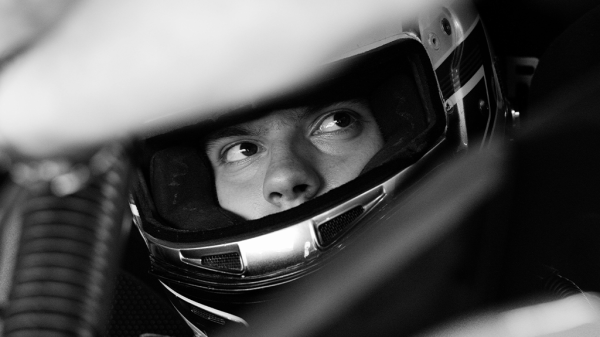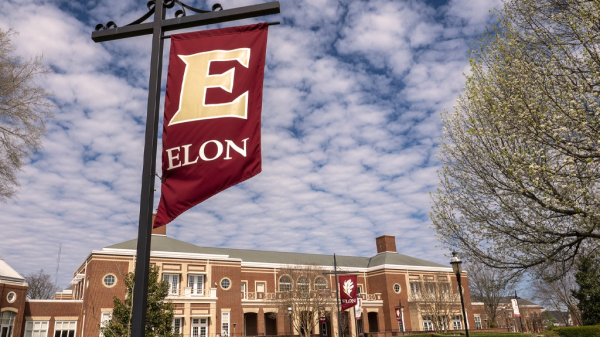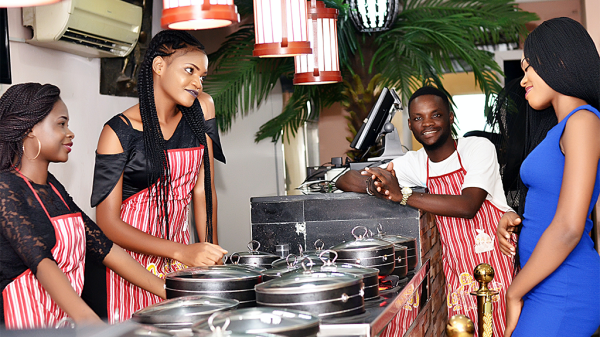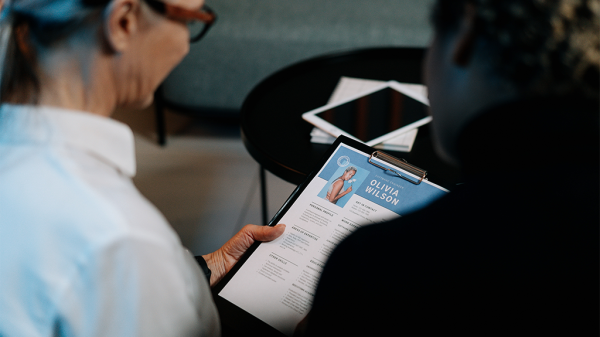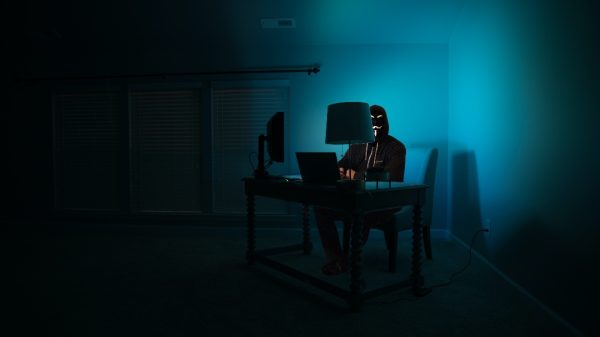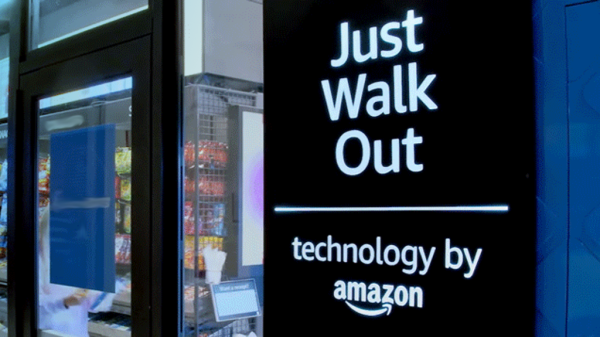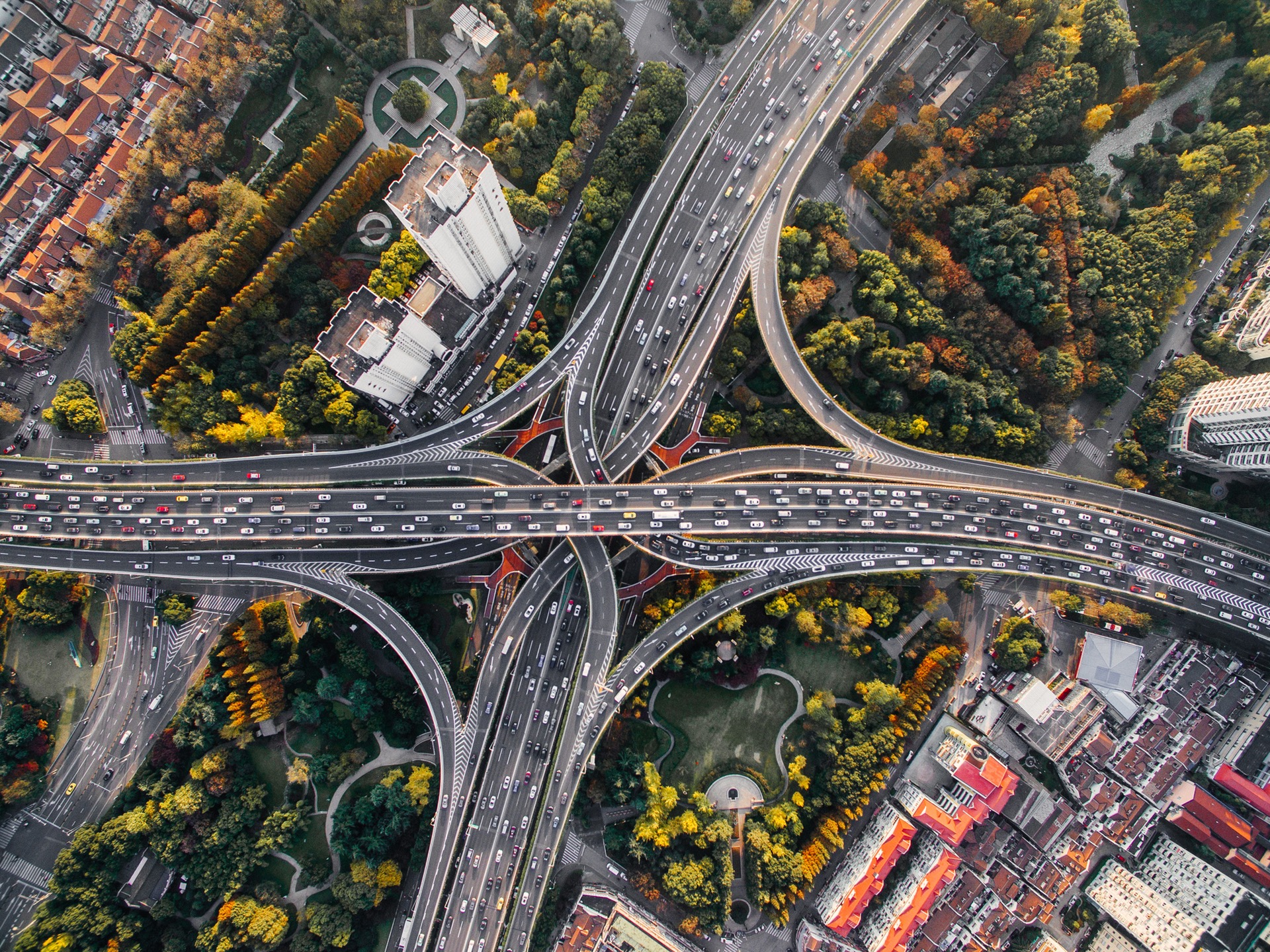Imagine this: vehicles weighing thousands of pounds, moving at 60 miles per hour, carrying passengers, and operating fully without a driver. What could go wrong? Well, if you’ve caught recent news headlines, a lot. Only a little while ago, I shared information on how a robotaxi service had launched in Las Vegas, giving riders a chance to experience what could be the next big thing, or the greatest mistake, for rideshare companies. And even more recently, a self-driving Tesla stopped suddenly on a busy San Francisco bridge, causing an eight vehicle pileup. Now we’re hearing about a new rideshare concept called Cruise and how their driverless cars caused quite the security risk recently.
An Austin, Texas resident by the name of Robert Foster was out cycling when he noticed something quite alarming. He immediately noticed the driverless vehicle and pulled out his cell phone to record. Upon doing so, Foster recorded the vehicle miss lanes by turning too wide and then drive directly over a bike lane. A Twitter user by the name Marshall Geyer also recorded startling footage of a Cruise vehicle struggling to choose a lane. In his video caption, Geyer mentions noticing an erratic turn signal while the car crept into the opposite flow of traffic.
Cruise Vice President Megan Pritchard spoke to Austin news station KVUE and said, “Ultimately, this technology is designed to improve the lives and the safety of citizens.” Those promising words, to no one’s surprise, do not hold much weight after seeing such dramatic video.
While the self-driving vehicles in these clips seemingly made it to their destinations safely, one has to wonder if the lack of human operator is truly a wise idea. While human drivers are bound to make mistakes, their reflexes are quick and often times they have the ability to make a split-second adjustment to prevent an accident, or prevent an accident from becoming a pile-up situation.
In 2022, Cruise recalled 80 vehicles due to safety concerns and accident risks and the company is currently under federal investigations due to numerous reports just like the ones we’ve seen out of Austin this past weekend. To many, it feels like too much, too soon as rideshare companies rush to introduce technology that clearly isn’t ready for use on public roads, where weather, poor road conditions, and pedestrians have immediate impacts on automobile travel.
For now Cruise is only available in select cities. The service began testing autonomous vehicles back in September, but kept a driver inside each car during the initial testing period. Fully driverless cars and test rides became available toward the end of December. A spokesperson for Cruise said that they do not plan to change course and that the rideshare will open to the public soon.
For now, Cruise driverless rides are only available to family and friends of the company from 10pm to 5:40am, Wednesdays through Sundays. Cruise is currently available in San Francisco, Austin, and Phoenix, so be sure to keep an extra close eye on the road during late night travels in those cities.
Jennifer is a native Houstonian (go Astros!) with a knack for creating digital works of art. She has expansive experience creating content and branded collateral for Fortune 500 companies, as well as small local businesses. When she’s not buried in her laptop, Jennifer is the marketing director for a world championship circuit barbecue cook off team and pet mom to dog (Milo) and Guinea pig (Piggy Smalls).







